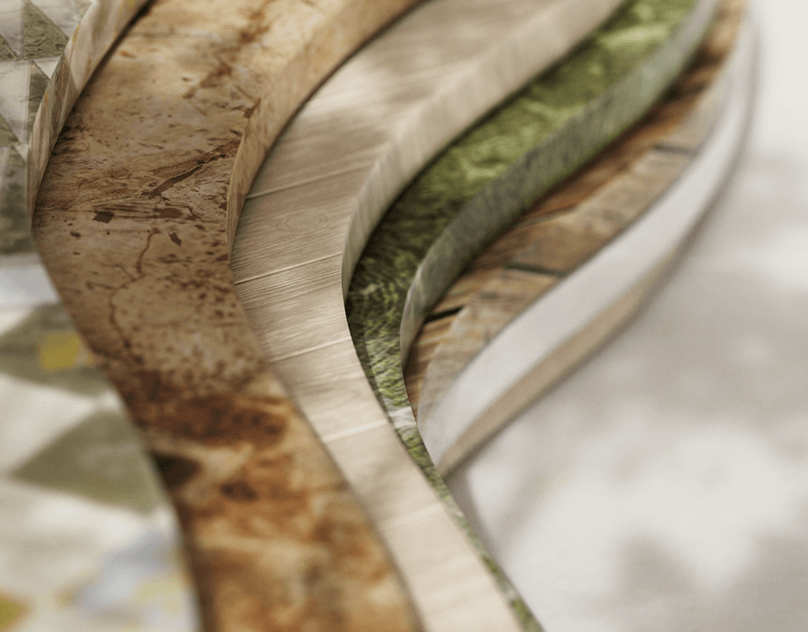
At the beginning of 2015 I worked as a 3D artist on a new and exciting project for Airbus Defence & Space, which involved delivering 3 separate VR experiences to showcase Airbus products and services to be shown globally at future trade shows, the first of which being DSEI in September.
For most of us it was the first time developing realtime 3D graphics for VR (Oculus DK2), and also the first project we had done using Unity 5, which had major updates in material and lighting as well as new VR support. The project proved to be a mark of achievement for us all, and a steep learning curve in our skillsets.
I was part of a 7 man team (2 developers, 5 artists) that, over the course of 12 weeks, delivered 3 completely different interactive linear experiences which demonstrated the versatility of Airbus products.




Me and another colleague worked together on the environment art for the larger of the 3 experiences, titled 'Disaster Relief', where the player is landed nearby a town that has been recently hit by an earthquake. The player traverses into the town in an open top military vehicle, through streets full of damaged buildings and characters, to a central disaster relief zone.
Where we could, to save time, we reused a few assets from a previous project and sourced models off the asset store however most of the assets were custom built. We started by planning out the town view and player path before populating the environment with assets. I created all the landslide and rubble damage, characters and their animations, vehicles and many other small props, with each one being modelling in 3d studio max and textured in Substance Designer which was ideal for creating procedural grunge, dirt and damage.
I learnt a lot about how powerful Substance Designer is and Unity's Mecanim animation system, both are tools I consider extremely important in designing any game in Unity.




As we were developing for the DK2 we knew that the framerate would need to be at a cool 150 (75 per eye with a resolution of 960x1080), so we were fully expecting to have an optimisation process towards the end, however nothing prepared us for what was to come. The project had become massively bloated and tricky to manage, with redundant assets in the scenes and unneccesary texture maps applied, we needed a solid 2 week optimisation session where I worked solely on the Disaster Relief scene framerate.
I manually culled entire chunks of the level off as the player went through the level first, before any further visual fidelity reduction, which managed to steady the framerate for the most part apart from a few choke points. Then in those areas I went through and reduced the drawcalls using Unity's frame debugger and profiler, this needed constant testing on a similar spec PC to that of which Airbus were going to be using at the trade show.
This was a real challenge for me and I learn a great deal about the hardware limitations of the DK2, and how to streamline my asset creation pipeline based on this, to reduce the optimisation time and the end.

Below are 360 videos of each of the experiences, best viewed on smartphone or using a VR headset.






